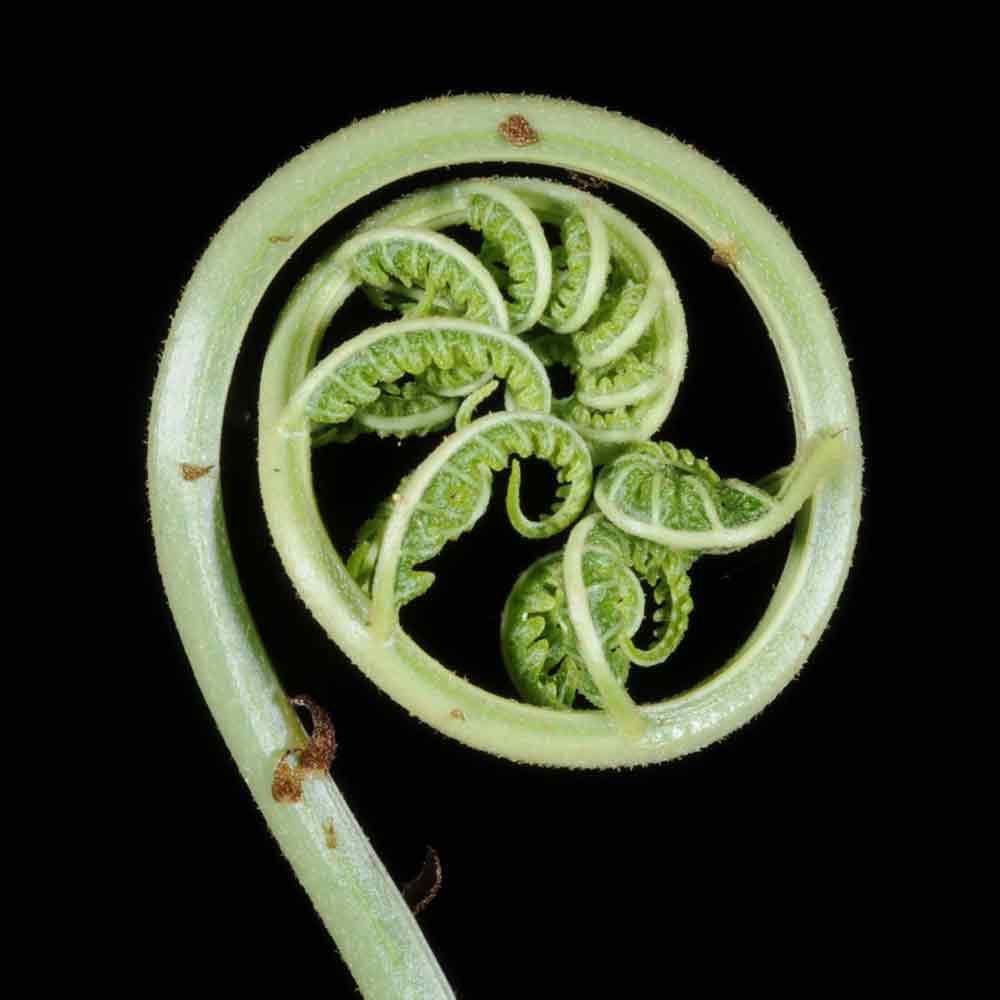
Ordinary Text
FERNS OF THAILAND
There are approximately 650 species of ferns in Thailand comprising about 5-7% of the total vascular flora (Middleton, 2003). The ferns were published in volume 3 of the Flora of Thailand (Tagawa & Iwatsuki, 1979, 1985, 1988, 1989) and 596 taxa were recognised as occurring in Thailand (excluding the fern allies - Lycopodiaceae, Selaginellaceae and Isoetaceae). A number of papers have since been published in which new taxa have been described or new records have been added to the pteridophyte diversity of Thailand (Mitsuta, 1985; Iwatsuki et al., 1998; Parris, 1998a; Hovenkamp et al., 1998; Nooteboom, 1998; Boonkerd & Nooteboom, 2001; Boonkerd & Pollawatn 2000, 2002a, 2002b, 2006; Lindsay & Middleton, 2004, 2009c; Lindsay et al., 2004, 2008; Suksathan, 2004; Boonkerd et al., 2004; Boonkerd, 2006). Of particular significance amongst these are Boonkerd & Pollawatn (2000), which is a list of all the pteridophytes in Thailand (including an additional 27 species) with distribution maps and many photographs, and Boonkerd et al. (2004), in which many more were added. A total of 75 fern species have been newly recorded or newly described for Thailand since the publication of the Flora of Thailand accounts. This rate of addition of new taxa and new records to a recently completed Flora account reflects the fact that pteridophytes had previously often been neglected on traditional collecting expeditions (and were therefore not available to Tagawa & Iwatsuki) and is testament to the relatively poor state of our taxonomic knowledge of them compared to many angiosperm plant groups.
The taxonomy of ferns in Thailand has also been subject to considerable flux due to differences of opinion over the delimitation of families, genera and species. One need only glance at the lists of synonymy to see that very many species have had homotypic combinations made in many different genera (e.g. several species of Selliguea also have combinations in Polypodium, Phymatopsis, Pleopeltis, Phymatodes, Crypsinus and Phymatopteris - see Lindsay & Middleton, 2009a). This indecision about the best placement of species in genera is also manifest at the family level where the limits of several families have changed considerably over time and between contemporary Flora projects, leading, in some cases, to the abandonment of families altogether in some parts of Flora Malesiana (e.g. Kramer, 1971; Holttum, 1978, 1991) in favour of "groups" of genera.
In recent years phylogenetic techniques, particularly using molecular data, have been used to attempt to solve the many problems in fern familial and generic delimitation (see Smith et al., 2006, 2008 and references cited therein). This has led to a far greater consensus on the delimitation of families and genera.